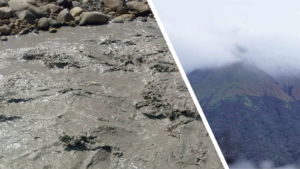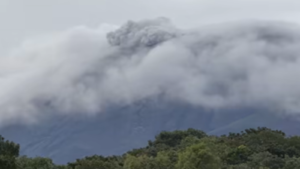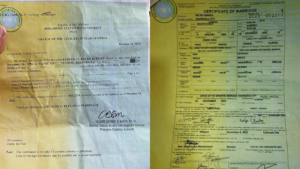The Philippine Institute of Volcanology and Seismology (PHIVOLCS) has reported that ash emission events from Kanlaon Volcano persisted for over four hours, yesterday, April 14.
In it latest advisory, PHIVOLCS said the volcano exhibited significant activity, including three ash emission events that lasted between 41 to 253 minutes each.

The first ash emission at Kanlaon on Monday began at 11:52 a.m. and lasted until 2:12 p.m., followed by a second one from 2:53 p.m. to 3:24 p.m., and a third one from 5:17 p.m. until nightfall.
Time-lapse footage of the ash emission at 05:17 PM yesterday showed the volcano generating grayish plumes, which rose 300-350 meters above the crater and then drifted west, as recorded by the thermal camera at the Lower Masulog (VKLM) observation station and the IP camera in Canlaon City. Light ashfall and sulfur odors were reported in Bago City.
This cumulative duration of over four hours underscores the intensity and sustained nature of the volcanic unrest following after it went into an explosive eruption early Tuesday morning last week, April 8.
The emitted plume reached a height of 800 meters and was described as voluminous, exhibiting continuous degassing with occasional ash emission. The plume was observed to be drifting towards the west-northwest and west.
In addition to the prolonged ash emissions, PHIVOLCS recorded 33 volcanic earthquakes, including five volcanic tremors with durations ranging from 8 to 23 minutes. These seismic activities further indicate continued unrest beneath the volcano.
Monitoring of volcanic gas also revealed a significant sulfur dioxide (SO₂) flux of 1850 tonnes per day as measured on April 14. This elevated level of SO₂ is another indicator of magma movement within the volcano.



















